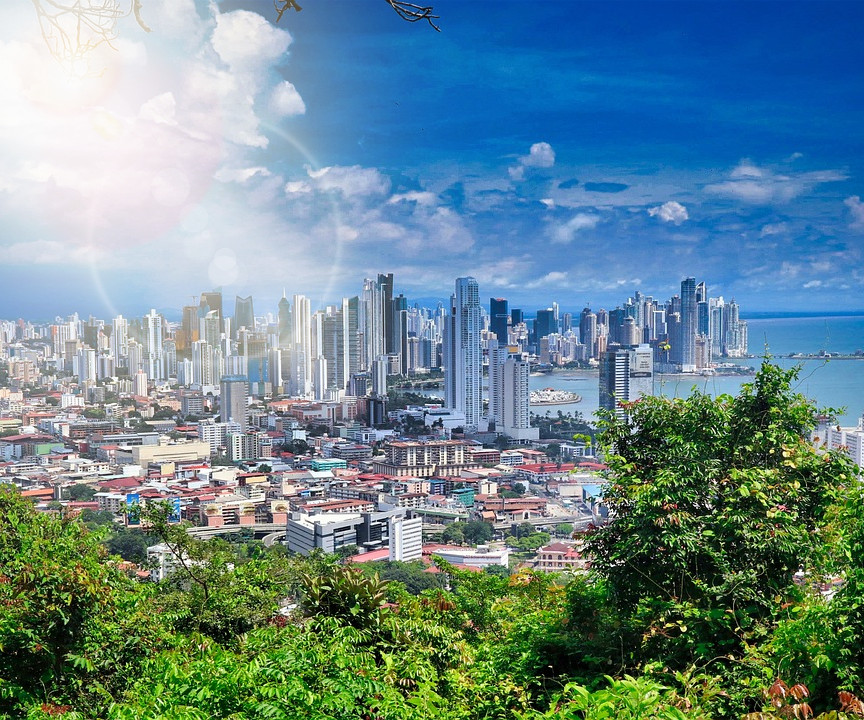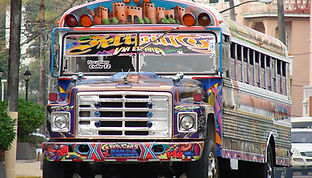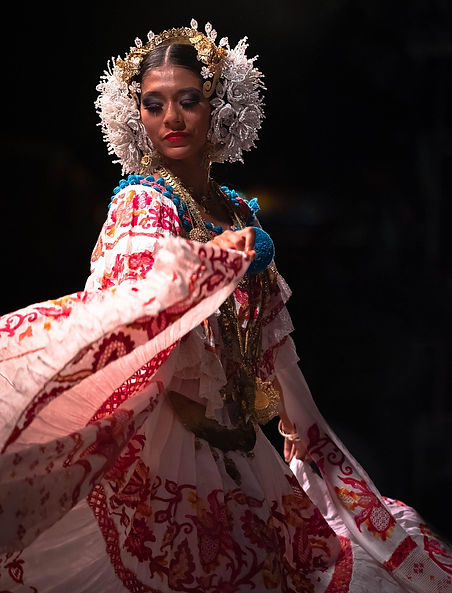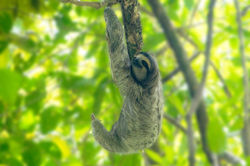
PANAMa
for the benefit of the world
INTRO
Panama is a Central American Country with a high temperature and high precipitation. They have lots of fauna and flora in their forests. Panama's chief source of income is their canal, cutting through the middle of the country.


HISTORY & DEMOGRAPHICS
Panama has a long and complicated history with colonization and independence. In 1501, the Spaniard Rodrigo de Bastidas was the first European to discover the Atlantic, mainly the Isthmus of Panama. On his journey, he was accompanied by Juan de la Cosa and Vasco Núñez de Balboa. In 1510, Diego de Nicuesa established Nombre de Dios, which was a settlement in the mouth of the Chagres River. Alonso de Ojeda founded San Sebastian de Urubá to the south-west, and this was the basis for the Spanish invasion. The colony faced fierce resistance from local Indigenous tribes, and the colony was moved to the north-east at the insistence of Balboa to avoid conflict. It was then named Santa María de la Antigua del Darién, and was the first permanent settlement on the Atlantic coast. Balboa was the head of the colony, and through persuasion and force, had most of the Indigenous People under submission. Five years later, Balboa was executed for insurrection on the orders of new governor Pedro Arias de Ávila. He was known as Pedrarias Dávila, “The Cruel”, and feared Balboa’s rivalry. In 1519, the population of Santa María moved to Panama Town, which would eventually become Panama City. Panama Town was the first settlement on the west coast of the empire, and the centre for commercial activity. The colony obtained the rank of audiencia in 1538, and Nombre de Dios was moved and linked to Panama Town by road.
Englishman Francis Drake finally destroyed Nombre de Dios in the 16th century. Commercial activity was moved to Portobelo, making Portobelo and Panama Town a target for English raiders. Panama Town was destroyed in 1671 by Henry Morgan, and Portobelo was razed by Admiral Edward Vernon in 1739. The colony was reduced in status in the year of Vernon’s assault, and the Audiencia of Panama was abolished by Spain. Portobelo was later rebuilt in 1751, but Spanish Galleons already used the Cape Horn route, reducing income in Portobelo. In 1673, Panama Town was also rebuilt a few miles west of the original location. In 1793, it became the principal town on the Isthmus, with more than 1/10 of Panama’s civilian population of 71,888. Although the rest of Central America began to separate and gain independence, Panama did not. Because they were reliant on trade, they would not get any if they declared independence. Not soon after, when the decree was passed for foreign trade, Panama left Spain and joined Gran Colombia. Panama enjoyed the right to vote for their own governor, but in 1843, that power was passed to officials in Bogotá. On November 3rd, 1903, everything changed when a revolutionary junta proclaimed Panamanian independence. They were at that point officially an independent country, but Colombia sent reinforcements immediately to crush the rebellion. US Naval forces intervened and stopped the Colombian military from reaching Panama because the Canal project benefited them as well. In the time of pre-Spanish Panama, the land was inhabited by the Indigenous people of Panama. Some of the larger groups were the Kuna, Guaymí, and Chocó. Later in history, Mestizos populated the land along with the current population. In 1911, the census populated Panama at 336,000 people. By the late 1990’s, however, the population increased by over an eightfold. Overall, Panama has a very diverse population and culture, and makes Panama the place it is today.

 |  |  |  |
|---|---|---|---|
 |  |